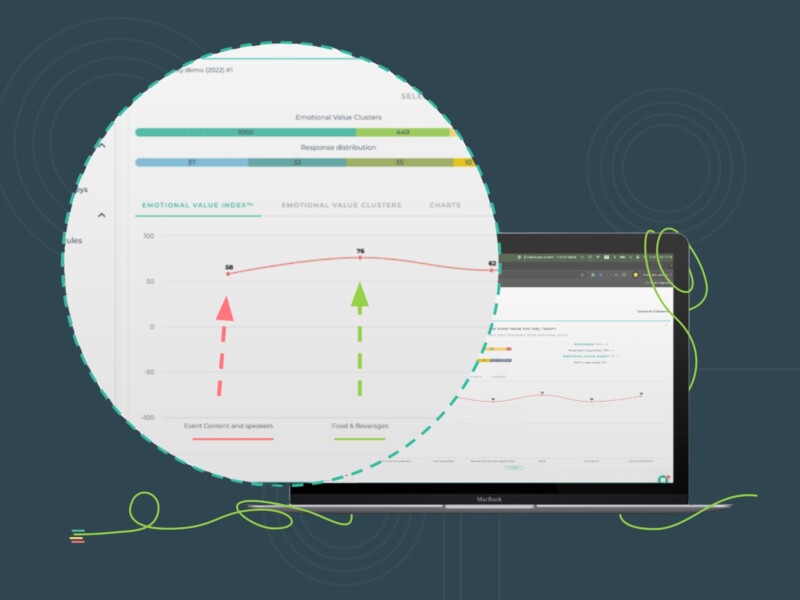Understanding your ideal customer persona is the core element of creating a fabulous Customer Experience (CX) program. It is only once you learn to perceive your business from the eyes of the customers that you can truly master building a great customer journey for them.
Of course, no two customers are ever the same. But, building an ideal customer profile or multiple profiles based on common emotional, behavioral, purchasing, and demographic aspects can simplify the process.
In this article, we are going to explain the major types of buyers to help you segment your customer personas easily.
1. Habitual buying behavior
Habitual buyers refer to customers who make little effort to research and consider alternatives. They prefer sticking to a familiar or popular brand when it comes to buying products because of convenience, reliability, price point, or the brand itself. Attracting these customers means you have to make a great first impression as they don’t invest time getting into details. They have to be pleased on your first try!
For this reason, it’s important to create a CX program that puts your brand in the market via various marketing channels. You have to capture their attention and speak of why your brand is a good pick. Evoking a sense of trust and satisfaction is important too. Creating a habitual buyer base means your business can enjoy a higher retention rate.
2. Complex buying behavior
Your hard-to-please customers come under this category. They are thoroughly involved in their purchasing decisions relying on heavy research, product comparison, and opinions of known people. They are most likely to settle for expensive products that have a denomination beyond their mere functionality.
Satisfying these customers means that you have to go beyond price and the product itself. Emotional experience has the power to make buyers feel exclusive and become more loyal to a brand. For complex buyers, it’s also a winning factor in a brand. It can also influence word-of-mouth marketing they rely upon to a great extent.
3. Variety-seeking buying behavior
Consumers who love variety and like to try new things come under this category. They tend to switch brands often, trying new alternatives. These consumers are acutely aware of brand differences but don’t do in-depth research before purchasing the product. They evaluate the product/service while consuming it.
Pleasing your variety-seeking customers means you have to adopt many strategies and provide an interesting customer experience. You have to evoke enthusiasm and joy to persuade them to try your products. Even if you have many competitors in the market, offering a unique emotional experience can attract these types of buyers.
4. Dissonance-reducing buying behavior
Dissonance-reducing buying behavior is mostly associated with expensive, risky, and unfamiliar purchases. These types of buyers don’t focus a lot on brand differentiation. Instead, they are keen on buying a product that appeals the most in terms of price, convenience, or familiarity.
However, customers may regret it upon encountering the drawbacks of the product or after hearing the benefits of its alternative. The best way to retain these types of customers is by providing a strong after-sales experience. Keeping track of how they perceive the brand and product after purchase through EVI® surveys can help in making necessary improvements.
Emotional Value Index – EVI®
While discussing the main types of buyers in the market, we also explained how evoking the right emotions and focusing on emotional experience can help businesses attract and retain them. EVI® is the metric that helps you track and evaluate emotional experience throughout the customer journey. It can help you understand buyer behavior more accurately, please your customers, and fix pain points to improve CX. It is the secret ingredient to make all types of buyers delighted about your brand! You can learn more about EVI® here!



